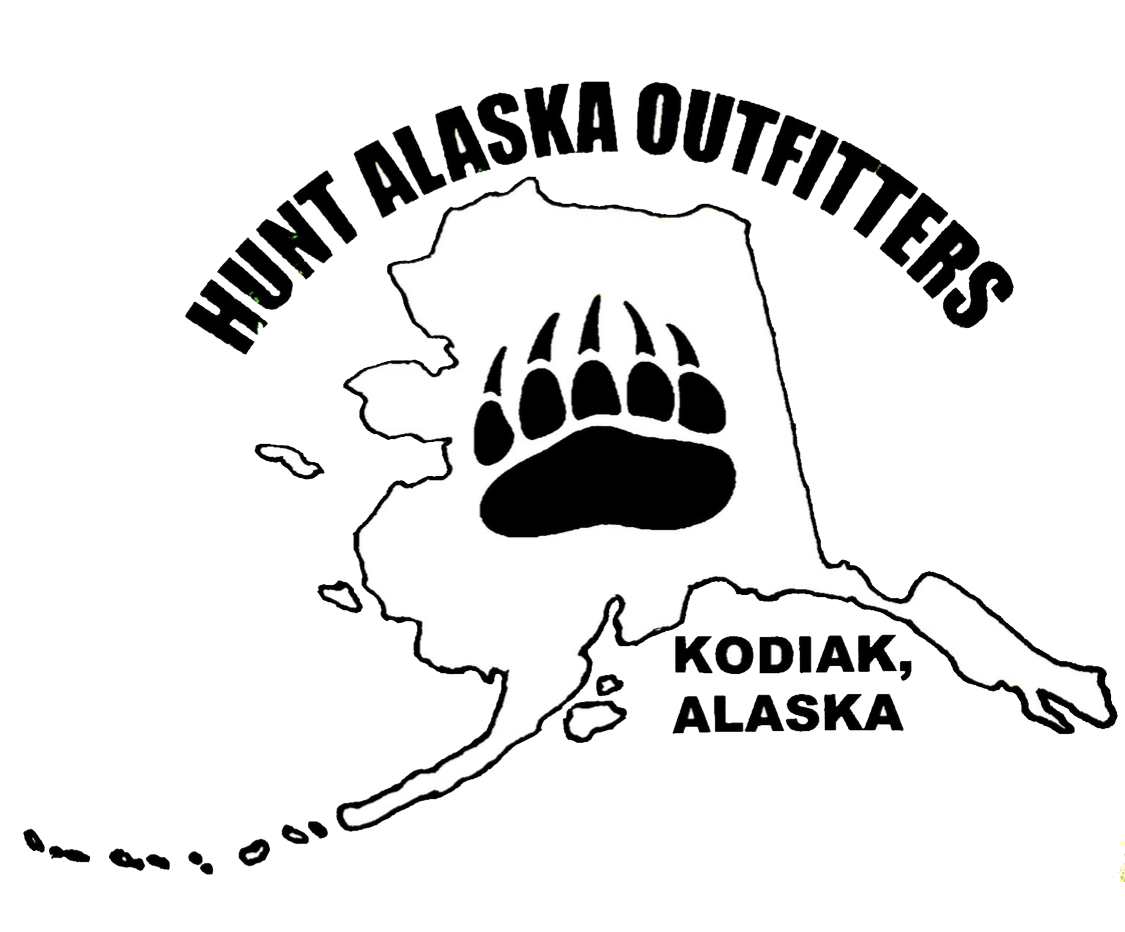Shot Placement on Alaska GameThe objective of every conscientious hunter is to kill an animal as quickly as possible to avoid its suffering and to insure the highest quality meat. An animal that must be shot several times will have muscles flooded with lactic acid and adrenaline, resulting in poor tasting meat. Before a hunter takes a shot, it is his or her responsibility to be sure they can make a clean and accurate shot.Alaskan game animals will quickly die when both lungs and/or heart are hit by a bullet or arrow. If you intend to hunt moose, brown bear, or bison in Alaska, use the most powerful rifle you can accurately shoot.The emphasis is on accuracy, not power.The dollars invested on your hunt may tempt you to take a shot beyond the distances at which you are certain of hitting the vital zone. Haphazard shots result in wounded and lost animals. In a survey of Alaskan hunters, almost 4 out of 10 said they had killed a big game animal that had been previously wounded! Do not take shots if you are unsure or cannot locate the vital zone areas. Make a quick, clean, and accurate shot or not at all.To correctly place a shot for a quick and humane kill you must:
- Use a rifle or bow that has been carefully sighted in so that you know that your hunting tool is capable of placing a shot in the vital zone.
- Study big game anatomy and learn what organs or bones your bullet or arrow may hit from various angles.
- Learn about bullet drop and wind drift. Study how distance and wind will affect your bullet or arrow. This knowledge must be gained by actual practice.
Identify these parts in this diagram:
- Heart
- Liver
- Lungs
- Shoulder Blade
- Spine
Vital ZonesHere are some facts you should know about the relative size of the vital zones of a large game animal such as a caribou or moose.
- The spinal cord passes through the spine, about the diameter of a soda pop can.
- The major arteries in the neck and body are about the diameter of a human adult’s little finger.
- The brain is about the size of a baseball and is encased in bone, about ¾ of an inch thick.
- The heart-lung vital area is about the size of a basketball.
Given this information, where would be the best shot placement?The correct answer is the heart-lung vital zone. Any other shot has too great a chance to wound the animal. There are a lot of stories about the spectacular result of head and neck shots. Some hunters have said, “Either you kill them instantly or you miss cleanly when you aim for the brain.” This is absolutely false! Wildlife managers and hunters have found many animals with a nose or jaw missing from attempted brain shots. A neck shot may hit the esophagus or trachea, leaving the animal to run away, leave no blood trail, and die a slow death.
Heart & Double Lung ShotThe best shot placement is when the animal is broadside to the hunter or slightly facing away. A heart-lung shot from either position will likely puncture both lungs with the following advantages:
- When an animal is hit in the heart/lung area, a quick death is certain because an animal cannot function with a loss of both lungs and heart. If the bullet exits, the animal will probably leave a visible blood trail.
- The heart-lung area is likely to remain stationary. Because an animal’s head and neck frequently move it more difficult to accurately place a shot in those areas.
- A heart-lung shot minimizes a loss of meat if the bullet enters and exits through the ribs.
Where should the crosshairs be located for a double lung shot?On a broadside shot, place the horizontal crosshairs about 1/3 of the distance from the bottom of the chest to the top of the back. Place the vertical crosshair directly behind the near side front leg.On the quartering away shot place the vertical crosshair on the opposite side front leg and the horizontal crosshair one-third of the way up from the bottom of the chest.

Recent Comments